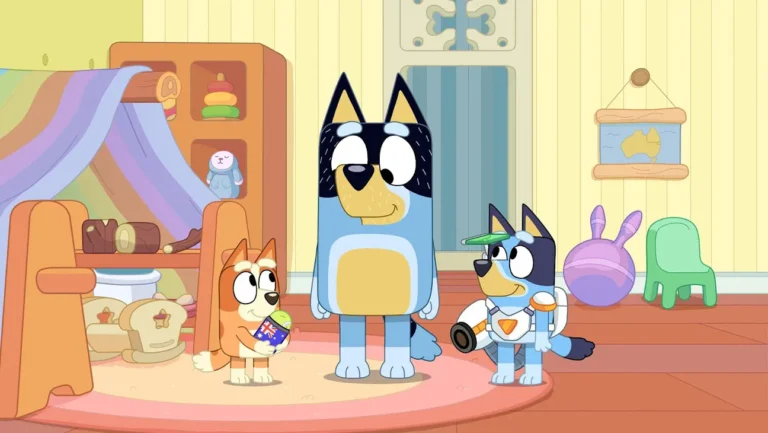ChatGPT is a conversational AI chatbot developed by OpenAI. It’s based on the GPT-3.5 architecture and can generate human-like text responses to prompts, including emails, essays, poems, raps, grocery lists, letters, and more. However, its knowledge is limited, especially regarding events after 2021. Let’s dig more into this topic.
Table of Contents

Also read: Artificial intelligence (AI): What is it?How does it work?
What is ChatGPT?
ChatGPT stands for Chat Generative Pre-trained Transformer. It’s an AI chatbot that allows a natural conversation between humans and a bot. The dialogue format makes it possible for Chat GPT to answer follow-up questions, admit its mistakes, challenge incorrect premises, and reject inappropriate requests.
How Does ChatGPT Work?
Chat GPT is trained using Reinforcement Learning from Human Feedback (RLHF), using the same methods as InstructGPT, but with slight differences in the data collection setup. An initial model is trained using supervised fine-tuning: human AI trainers provide conversations in which they play both sides—the user and an AI assistant. This new dialogue dataset is mixed with the InstructGPT dataset, which is transformed into a dialogue format.
What Can ChatGPT Do?
Chat GPT can generate human-like text based on context and past conversations. It can help users with a wide range of tasks, from drafting a thank-you note, explaining code, planning a trip, to brainstorming interview questions. It can even help users debug code by asking clarifying questions.
Limitations of ChatGPT
Despite its impressive capabilities, Chat GPT has its limitations. It sometimes writes plausible-sounding but incorrect or nonsensical answers. It’s sensitive to tweaks to the input phrasing or attempting the same prompt multiple times. The model is often excessively verbose and overuses certain phrases.
Conclusion
Chat GPT is a powerful tool that has the potential to revolutionize how we interact with AI. Its ability to generate human-like text and engage in meaningful conversations opens up a world of possibilities. However, like any technology, it has its limitations and challenges. As AI continues to evolve, we can expect to see even more sophisticated and useful applications like Chat GPT in the future.
Here are some similar AI websites:
- Google Bard: Google’s AI chatbot, Bard, is powered by LaMDA (Language Model for Dialogue Applications). It can help you write code, generate stories, look up information, and more.
- Bing Chat: Microsoft’s Bing Chat runs on the same framework as Chat GPT. It can search the web, which means its knowledge is less limited than Chat GPT’s.
- AnonChatGPT: This platform allows you to use Chat GPT without logging in.
- YouChat, Socratic, JasperChat, WriteSonic: These are other AI chatbots that you might want to try.
Each of these AI chatbots has unique strengths and weaknesses, and they all aim to provide useful and engaging interactions.
Join our WhatsApp channel for the latest tech updates, here.
Image Source: Google





1 thought on “ChatGPT: Revolutionizing Conversations with AI”